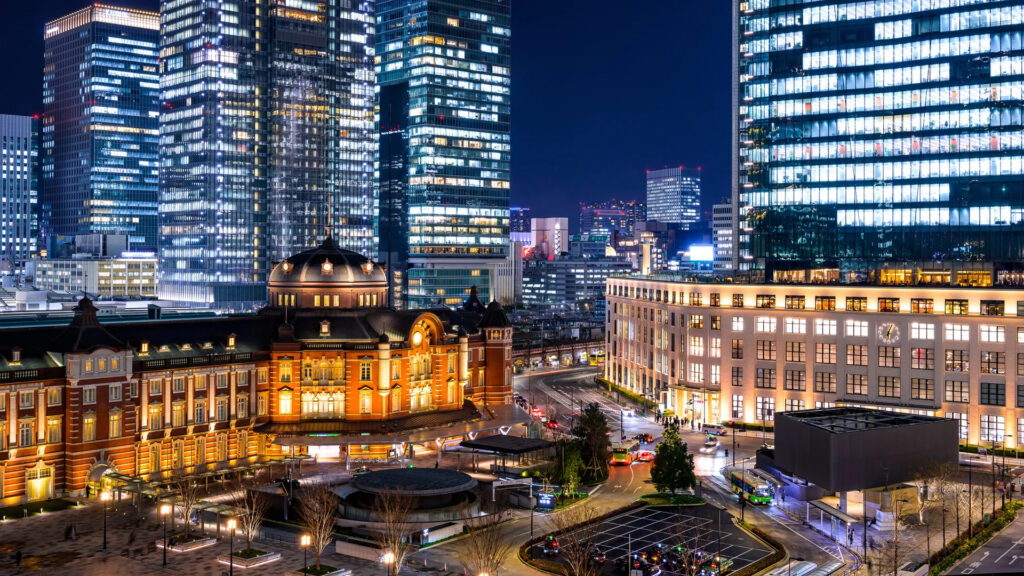Kiyosumi Garden
It is a “strolling-style pond garden” mainly consisting of a spring, artificial hills, and a dry landscape garden.
This landscaping technique was used in daimyo gardens of the Edo period, but it was also carried over to landscaping in the Meiji era, and Kiyosumi Garden is said to have achieved its modern completion.
Part of this area is said to be the site of the residence of Kii no Kuniya Bunzaemon, a wealthy merchant of the Edo period. It became the lower residence of Kuze Yamato-no-kami, the lord of Sekiyado in Shimousa Province, and it seems that the garden was formed to some extent around that time.
Yataro Iwasaki bought this dilapidated residence and planned to create a garden as a place to entertain his employees and guests, and “Fukagawa Shinbokuen” was tentatively completed.
After Yataro’s death, the garden construction was continued, a large pond was created by drawing water from the Sumida River, and famous stones brought from all over the country were placed around it, completing a “strolling-style pond garden” representative of the Meiji era.
Kiyosumi Garden suffered great damage in the Great Kanto Earthquake, but at this time it unexpectedly played the role of a refuge in times of disaster and saved many lives.
The Iwasaki family valued the disaster prevention function of the garden, donated the eastern half (the current garden area) to Tokyo City as a park site, and the city developed and opened it to the public.
Furthermore, the site adjacent to the west side of the garden was additionally opened as an open park. There is a lawn area and a pergola here.
About 20 cherry trees are planted, making it a place for cherry blossom viewing in the spring. The garden has been designated as a Place of Scenic Beauty by the Tokyo Metropolitan Government.
📍 3-3-9 Kiyosumi, Koto-ku, Tokyo
👨💻 https://www.tokyo-park.or.jp/park/kiyosumi/
🚃 3 minutes walk from Kiyosumi-shirakawa Station (E14, Z11) on the Toei Oedo Line and Tokyo Metro Hanzomon Line
🚘️ No parking available


Leave a Reply